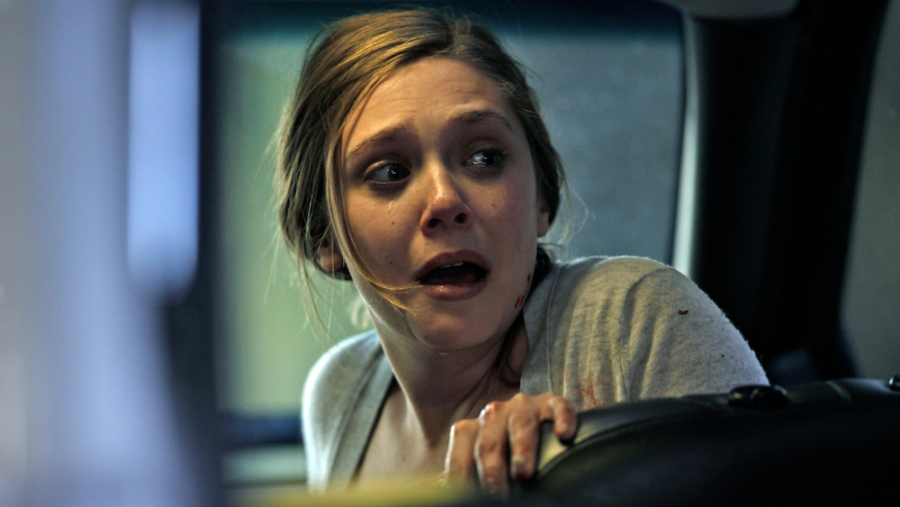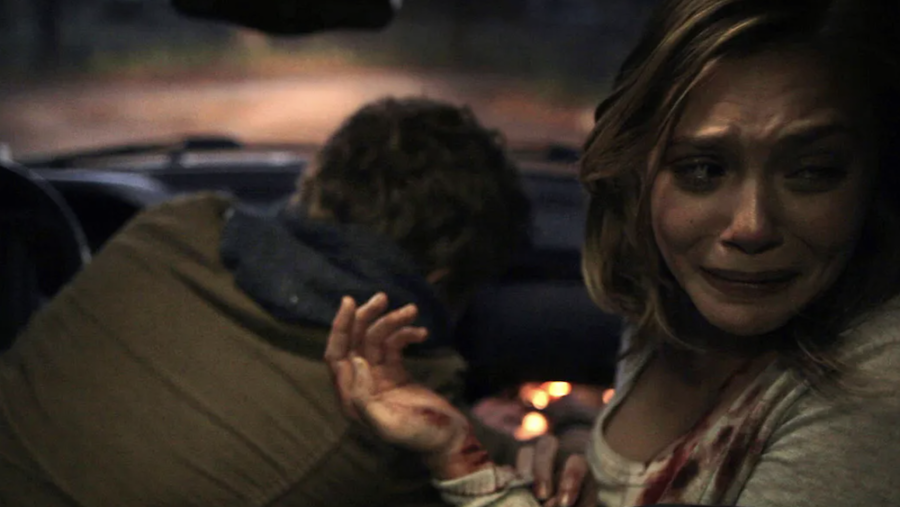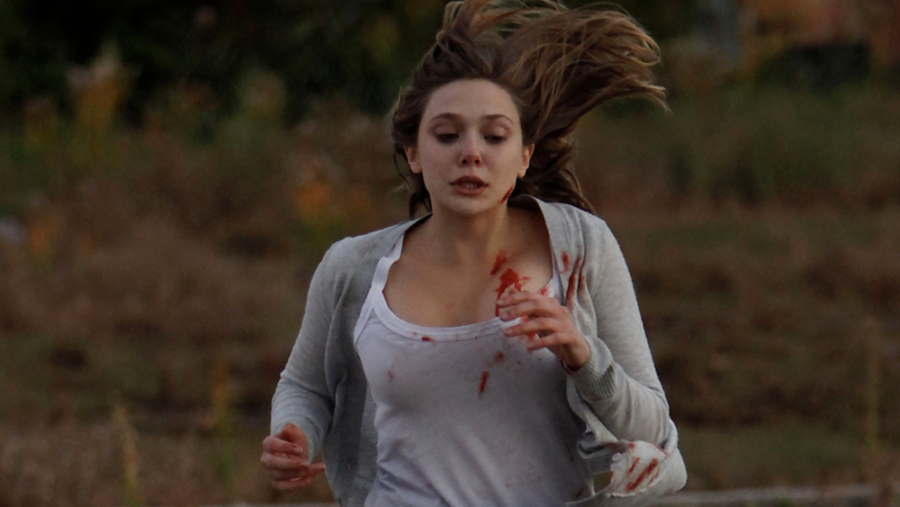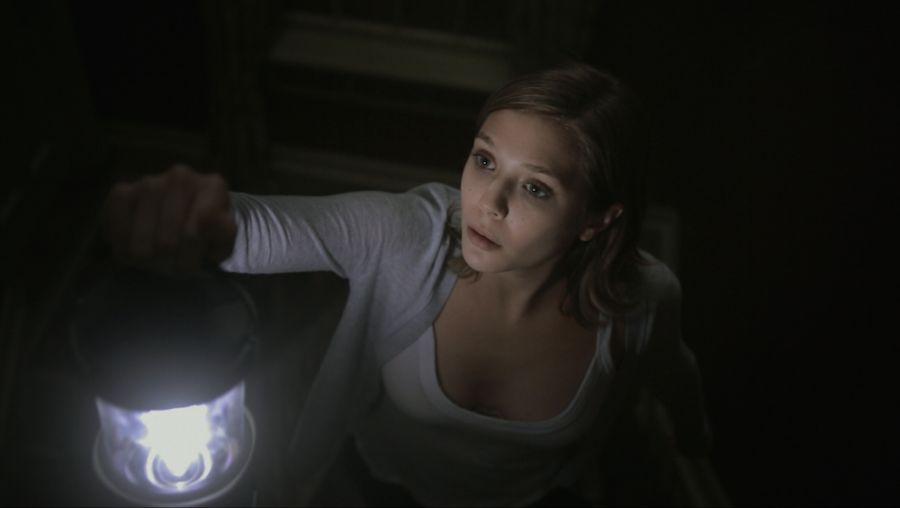The Elizabeth Olsen Horror Film Shot In One Take

These days we’re most familiar with Elizabeth Olsen for her portrayal of Wanda Maximoff in the MCU, but she actually got her start in the psychological thriller genre with films like Martha Marcy May Marlene, Red Lights, and 2011’s Silent House. The latter can be rented on demand on Amazon Prime, Vudu, or Apple TV+.
Not only is this low-budget independent movie a unique twist on the “home invasion” trope, but it also boasts impressive cinematography by presenting itself as a film that was shot entirely in one take. That’s just like the 2010 Uruguayan film of the same name that it attempted to recreate.
Elizabeth Olsen stars in Silent House which was produced to look like it was shot all in one take
In many ways, Elizabeth Olsen’s Silent House is a by-the-numbers home invasion story, but with a twist. Taking a page from the Alfred Hitchcock playbook, the 87-minute film was inspired by Rope, and shot to look like the entire performance was captured in one continuous shot.
But just like 1948’s rope, and 2014’s Alejandro González Iñárritu directed Birdman, Silent House is actually made up of several smaller shots that were edited in post-production to look like the camera never broke focus on its subjects.

Despite Silent House’s promotional material marketing the film as “real fear captured in real-time,” Elizabeth Olsen has gone on record stating that the film was made up of several smaller shots that had an average runtime of 12 minutes. Directors Chris Kentis and Laura Lau confirmed Olsen’s statements, and they’re not ashamed of it either.
The fact of the matter is that there are a number of limitations that prevent filmmakers from shooting an entire feature in a single take. In Hitchcock’s case, each of the 10 takes that he used to make Rope were about the length of a single spool of film, and there was an obvious need to cut and paste them together in post-production.
Elizabeth Olsen’s Silent House was shot with a digital camera but there were difficulties during production
Though Elizabeth Olsen’s Silent House was shot with a digital camera (Canon EOS 5D), the crew ran into a different set of difficulties during production that needed to be addressed.
The biggest technical issues that the production crew ran into while filming Silent House were hindered mobility on the set, as well as lighting issues. In fact, entire sequences in this Elizabeth Olsen movie had to be thrown away and re-done due to inconsistent lighting between sequences.
So we have to give credit where it’s due; one could argue that expertly cutting takes together to look like one continuous shot is actually harder than just letting the camera roll indefinitely in some ways.

As for the storytelling in Silent House, we’re met with Elizabeth Olsen’s Sarah, who gets more than she bargains for while attempting to fix up her family’s run-down Victorian house with her father John, and her Uncle Peter.
After meeting a mysterious girl named Sophia while Peter was out at the store, we learn about the sinister nature of the house, and Sarah starts to vividly hallucinate past traumatic events after John falls down the stairs. It’s at this point we realize that there’s either an intruder in the house, or even worse, somebody who has been living in the basement the entire time the house was assumed to be vacant.
From this point forward, we witness Elizabeth Olsen expertly portray an individual who is in the middle of a mental health crisis in the form of dissociative identity disorder. Due the unique method in which Silent House was filmed, there is a blurred line between Sarah’s reality and her perception, and this becomes the primary source of suspense throughout the remainder the movie.
Critics have praised Silent House for its cinematography, elements of suspense, and Elizabeth Olsen’s performance.
Though critics of Silent House suggest that the original 2010 Uruguayan film, La Casa Muda (The Silent House) is the superior film, retrospective reviews have since praised the remake for its cinematography, elements of suspense, and most importantly Elizabeth Olsen’s performance throughout the film.

Though Silent House garnered a 42 percent critical score on Rotten Tomatoes, critics overwhelmingly agree that it’s a “flawed film with a near-flawless performance by Olsen.”
Commercially speaking, Silent House pulled in $13.1 million against a budget of $2 million, which is quite impressive. But given the numbers, it’s obvious that this Elizabeth Olsen film get the attention it deserved upon its release. Luckily, we’re living in the golden age of video on demand, and you can witness this suspenseful exercise in psychological horror filmmaking for yourself on Amazon Prime, Vudu, or Apple TV+.












